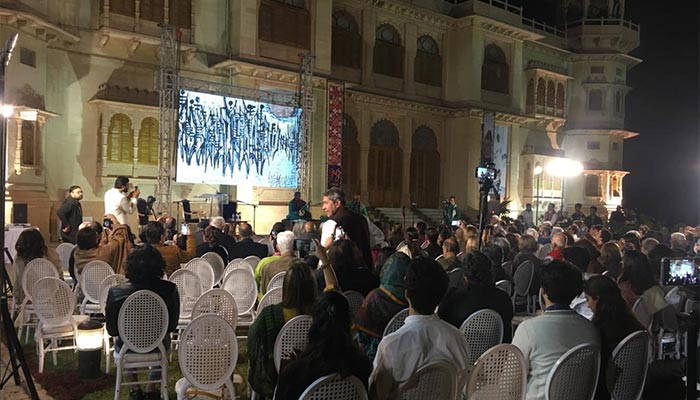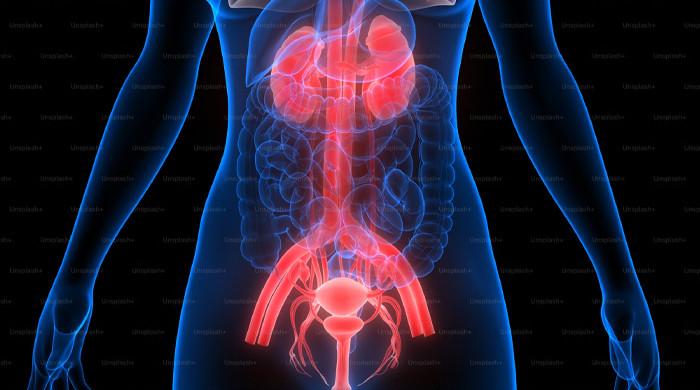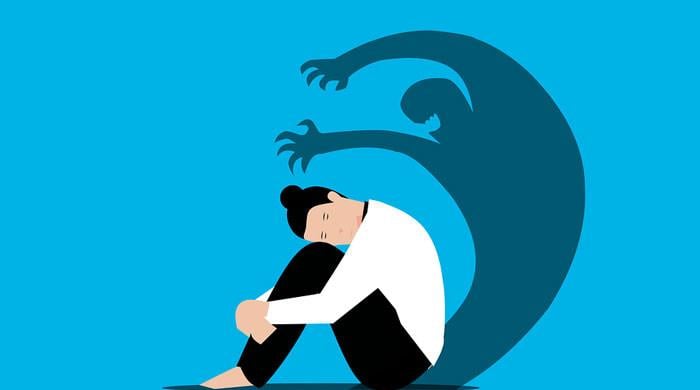Mohatta Palace Museum hosts Sadequain's most engaging artworks
Ali Majid, one of the most brilliant interpreters of Sadequain's art, converses on the artist's most engaging work
January 21, 2024

The Mohatta Palace Museum in Karachi has feasted art lovers with iconic artist Sadequain’s artworks in Paris from the years 1958 to 1968 brilliantly interpreted by Ali Majid.
Majid, who is a banker and one of the most brilliant interpreters of Sadequain's art, conversed on the years 1958-68, when the artist executed his most complex and definitive work during his frequent visits to Paris.
“In the paintings of this period, Sadequain takes the calligraphic tradition apart by deconstructing calligraphy into an exciting and new alphabet for his art. He punctuates his unique artistic vision with an ability to generate a compelling new complexity and minimalist abstraction,” the art connoisseur told the visitors via his presentation on Friday evening.
“The period begins with the artist's stay amongst the cactus-infested ridges along the Gadani sea shore and his cactus forms achieve the metaphorical climax with the paintings of the late 1960s.”
The event encapsulates a powerful and innovative perspective for a greater understanding of Sadequain's art. It is simply unmissable and a compulsory attendance for lovers of Pakistani art.
Through his radical and cutting-edge interpretations of Sadequain's art, Majid has carved out a critical niche for himself in exploring with vivid detail and astute insight, the critical foundations of the artist's work.
He demonstrates how Sadequain transforms his blue and ochre period at the Gadani coastline into the austere dark abstraction of the Paris period in the early to mid-60s, when he emerged as the most exciting artists from Pakistan on the international scene.
Moreover, Hameed Haroon along with Salima Hashmi curated a retrospective of Sadequain's work.
The Holy Sinner', at the Mohatta Palace Museum (2002-2003): the largest exhibition to date of his artwork which attracted over 350,000 visitors during its fourteen-month long period and was accompanied by a landmark catalogue.
Haroon has one of the largest collections of Sadequain's artworks.











